Home>Gardening & Outdoor>Plant Care & Gardening Tips>How To Grow Wildflower Seeds
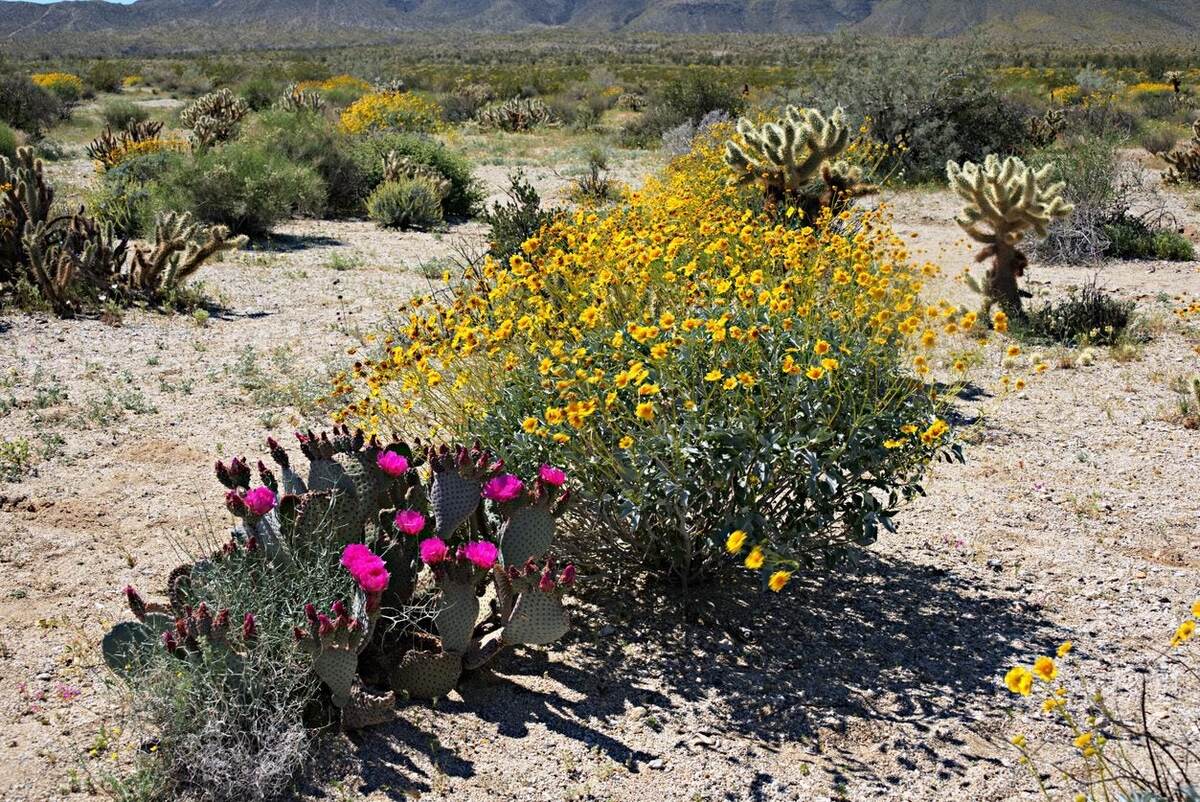

Plant Care & Gardening Tips
How To Grow Wildflower Seeds
Modified: March 24, 2024
Learn expert plant care and gardening tips on how to grow wildflower seeds and create a vibrant, natural garden. Discover the best practices for successful wildflower seed planting.
(Many of the links in this article redirect to a specific reviewed product. Your purchase of these products through affiliate links helps to generate commission for Storables.com, at no extra cost. Learn more)
Introduction
Welcome to the wonderful world of wildflowers! Growing wildflowers from seeds is a delightful and rewarding experience that allows you to connect with nature while adding beauty to your surroundings. Whether you’re a seasoned gardener or a novice with a green thumb, cultivating wildflowers from seeds offers a unique opportunity to witness the magic of nature’s growth process.
Wildflowers are not only visually stunning but also play a crucial role in supporting local ecosystems by providing food and habitat for pollinators, such as bees and butterflies. By nurturing wildflowers in your garden or outdoor space, you can contribute to the preservation of biodiversity and create a vibrant, thriving environment for various wildlife.
This comprehensive guide will walk you through the essential steps to successfully grow wildflower seeds, from selecting the ideal location to caring for your blossoming wildflower garden. With a bit of patience, care, and the right techniques, you’ll soon be enjoying a kaleidoscope of colors and fragrances, courtesy of your flourishing wildflowers.
So, roll up your sleeves, grab your gardening tools, and let’s embark on this enchanting journey to cultivate stunning wildflowers from seeds!
Key Takeaways:
- Embrace the magic of nature by growing wildflowers from seeds. Choose a sunny, spacious location, prepare the soil, and enjoy the vibrant blooms while supporting local wildlife.
- Cultivate a thriving wildflower garden with patience and care. Provide consistent watering, maintain the garden, and revel in the beauty through contemplation, photography, and sharing with others.
Choosing the Right Location
Before embarking on your wildflower-growing adventure, it’s essential to carefully select the optimal location for your wildflower garden. The right environment will provide the necessary conditions for your wildflower seeds to germinate, thrive, and bloom into a breathtaking display of natural beauty.
Here are key factors to consider when choosing the perfect spot for your wildflower garden:
- Sunlight: Wildflowers typically require ample sunlight to flourish. Select an area that receives at least six hours of direct sunlight per day. If you’re planting in a region with scorching summers, consider a location with partial shade to protect the delicate blooms from excessive heat.
- Soil Quality: Assess the soil quality in your chosen location. Wildflowers generally prefer well-draining soil that is rich in organic matter. Conduct a soil test to determine the pH level and nutrient composition. If necessary, amend the soil with organic compost to enhance its fertility and structure.
- Water Accessibility: Ensure that the chosen site is within reach of a water source. While wildflowers are known for their resilience, consistent watering is crucial, especially during the germination and early growth stages.
- Space and Visibility: Consider the available space and visibility of the chosen area. Whether you’re planting in a garden bed, a meadow, or containers, ensure that the wildflowers will have ample room to spread and grow. Additionally, select a location that allows you to admire and showcase the vibrant blooms, whether from your home or outdoor living spaces.
By carefully evaluating these factors, you can identify the most suitable location for your wildflower garden. Remember that each wildflower species may have specific environmental preferences, so it’s beneficial to research the individual requirements of the seeds you plan to sow. With the right location secured, you’re one step closer to nurturing a flourishing haven of wildflowers.
Preparing the Soil
Once you’ve identified the ideal location for your wildflower garden, the next crucial step is to prepare the soil to create a nurturing environment for your seeds to take root and thrive. Proper soil preparation sets the stage for robust growth and vibrant blooms, so investing time and effort in this stage will yield rewarding results.
Here’s a comprehensive guide to preparing the soil for your wildflower seeds:
- Clear the Area: Begin by clearing the chosen planting area of any debris, weeds, or rocks. Ensure that the soil surface is relatively smooth and free from obstructions that could impede the growth of your wildflowers.
- Loosen the Soil: Use a garden fork or a tiller to loosen the top layer of soil. This process helps improve aeration and facilitates better root penetration for the emerging wildflower seedlings.
- Amend the Soil: Assess the soil composition and quality. If the soil is compacted or lacks essential nutrients, enrich it with organic matter such as compost or well-rotted manure. This amendment enhances the soil’s fertility and structure, providing an optimal foundation for healthy wildflower growth.
- Level the Surface: After amending the soil, level the surface using a rake to create a uniform bed for sowing the wildflower seeds. A smooth, even surface promotes consistent seed distribution and facilitates uniform germination.
- Consider Soil pH: Some wildflower species have specific pH preferences. If you have identified the wildflower species you intend to plant, adjust the soil pH accordingly. A soil test kit can help determine the soil’s pH level, enabling you to make targeted adjustments if necessary.
By diligently preparing the soil, you provide an optimal foundation for your wildflowers to thrive. This proactive approach sets the stage for successful germination and robust growth, ensuring that your wildflower garden becomes a flourishing tapestry of colors and textures.
Choose a sunny spot with well-drained soil to plant your wildflower seeds. Clear the area of weeds and loosen the soil. Scatter the seeds and lightly press them into the soil. Water regularly and enjoy the beautiful blooms!
Planting the Seeds
With the soil meticulously prepared, it’s time to embark on the exciting process of planting your wildflower seeds. This stage marks the beginning of your garden’s transformation as you sow the seeds that will soon sprout into a mesmerizing array of blossoms, attracting pollinators and delighting all who behold them.
Follow these essential steps to ensure successful wildflower seed planting:
- Seed Selection: Choose high-quality wildflower seeds from reputable suppliers or nurseries. Consider selecting a diverse mix of wildflower species to create a rich tapestry of colors, textures, and heights in your garden.
- Sowing Method: Depending on the selected wildflower species, follow the recommended sowing method. Some seeds may benefit from a period of cold stratification, while others can be directly sown into the prepared soil. Research the specific requirements of each wildflower species to determine the most suitable sowing approach.
- Even Distribution: To achieve a balanced and visually appealing wildflower display, aim for even seed distribution across the planting area. Consider mixing the seeds with a carrier such as sand to facilitate uniform spreading and prevent overcrowding in specific areas.
- Lightly Cover the Seeds: After broadcasting the seeds, lightly rake the soil to cover them with a thin layer of soil. Wildflower seeds vary in their light requirements for germination, so refer to the seed packet or reliable gardening resources for guidance on the ideal planting depth for each species.
- Watering: Gently water the planted area using a fine mist or a gentle shower setting on a watering can. Ensure that the soil is moist but not waterlogged. Consistent, gentle watering is crucial for supporting the germination process and encouraging the seeds to sprout and establish roots.
- Patience and Observation: After planting the seeds, exercise patience as nature works its magic. Keep a watchful eye on the planted area, monitoring for signs of germination and the emergence of delicate seedlings. As the days pass, you’ll witness the transformation of your garden as the wildflowers begin their journey to maturity.
By following these steps with care and attention, you set the stage for a thriving wildflower garden, brimming with the beauty of nature’s diverse floral offerings.
Watering and Maintenance
Proper watering and ongoing maintenance are essential for nurturing your wildflowers from seedlings to mature, flourishing blooms. By providing attentive care and addressing the evolving needs of your wildflower garden, you’ll create an environment where these natural wonders can thrive and enchant with their vibrant colors and delicate beauty.
Consider the following guidelines for effective watering and maintenance of your wildflower garden:
- Watering Frequency: During the initial stages after planting, maintain consistent moisture in the soil to support seed germination and early growth. Once the wildflower seedlings have established themselves, gradually transition to a more moderate watering schedule. Allow the soil to dry slightly between watering sessions to encourage the development of robust root systems.
- Observation and Adjustment: Monitor the moisture levels in the soil regularly. Adjust your watering routine based on environmental factors such as rainfall, temperature, and humidity. During hot, dry spells, be prepared to provide supplemental watering to sustain your wildflowers and prevent stress from water scarcity.
- Weed Control: Regularly inspect the wildflower garden for weeds that may compete with the wildflowers for resources. Promptly remove any invasive plants to prevent them from overshadowing or stifling the growth of your cherished wildflowers.
- Deadheading and Pruning: As the wildflowers bloom, consider deadheading spent flowers to encourage continuous blooming and prevent the plants from expending energy on seed production. Additionally, light pruning can help maintain the shape and vigor of the wildflower plants, promoting healthy growth and abundant blossoms.
- Supporting Pollinators: Embrace the role of your wildflower garden as a haven for pollinators. By nurturing a diverse array of wildflowers, you provide essential forage for bees, butterflies, and other pollinating insects. Observing and welcoming these visitors adds an extra dimension of joy to your wildflower gardening experience.
- Seasonal Care: Throughout the seasons, adapt your maintenance practices to suit the changing needs of your wildflowers. Prepare for winter by clearing debris and protecting perennial wildflowers, and consider mulching to insulate the soil and safeguard the plants during colder months.
By tending to the watering and maintenance needs of your wildflower garden with attentiveness and care, you’ll foster a thriving ecosystem of natural beauty that enriches your outdoor space and supports local wildlife.
Read more: How To Grow A Wildflower Meadow
Enjoying the Wildflowers
Congratulations on successfully nurturing your wildflower garden from seeds to a flourishing tapestry of vibrant blooms! As your garden comes to life with an enchanting display of colors and fragrances, it’s time to revel in the joy of witnessing the fruits of your labor and nature’s wondrous transformation.
Here are some delightful ways to fully immerse yourself in the beauty of your wildflowers:
- Contemplative Moments: Set aside time to simply sit and observe your wildflower garden. Whether it’s a quiet morning coffee or a peaceful evening wind-down, take in the serene beauty of the blossoms swaying gently in the breeze. Embrace the tranquility and meditative allure of your natural oasis.
- Photographic Memories: Capture the ephemeral splendor of your wildflowers through photography. Document the evolving stages of growth, from the first delicate buds to the full bloom of each species. These visual mementos will preserve the fleeting beauty of your wildflower garden for years to come.
- Share the Beauty: Invite friends, family, and neighbors to admire your wildflower garden. Hosting a casual gathering or a garden tour allows you to share the enchanting spectacle of your blooms while fostering a sense of community and appreciation for nature’s wonders.
- Artistic Inspiration: Let the captivating allure of your wildflowers inspire your creative pursuits. Whether through painting, sketching, or crafting, channel the beauty of your garden into artistic expressions that capture its essence and allure.
- Reflection and Gratitude: Take a moment to reflect on the journey of cultivating your wildflower garden. Express gratitude for the natural processes that have brought forth such splendor, and revel in the role you’ve played in nurturing this vibrant tapestry of life.
- Preserving Seeds and Memories: As the season draws to a close, consider collecting seeds from your wildflowers to propagate future blooms. Additionally, preserve the memories and experiences associated with your wildflower garden through journaling or scrapbooking, creating a lasting keepsake of this enchanting chapter in your gardening endeavors.
By savoring these experiences and embracing the enchanting allure of your wildflower garden, you’ll deepen your connection to nature and revel in the simple yet profound pleasures of tending to a thriving ecosystem of natural beauty.
Frequently Asked Questions about How To Grow Wildflower Seeds
Was this page helpful?
At Storables.com, we guarantee accurate and reliable information. Our content, validated by Expert Board Contributors, is crafted following stringent Editorial Policies. We're committed to providing you with well-researched, expert-backed insights for all your informational needs.
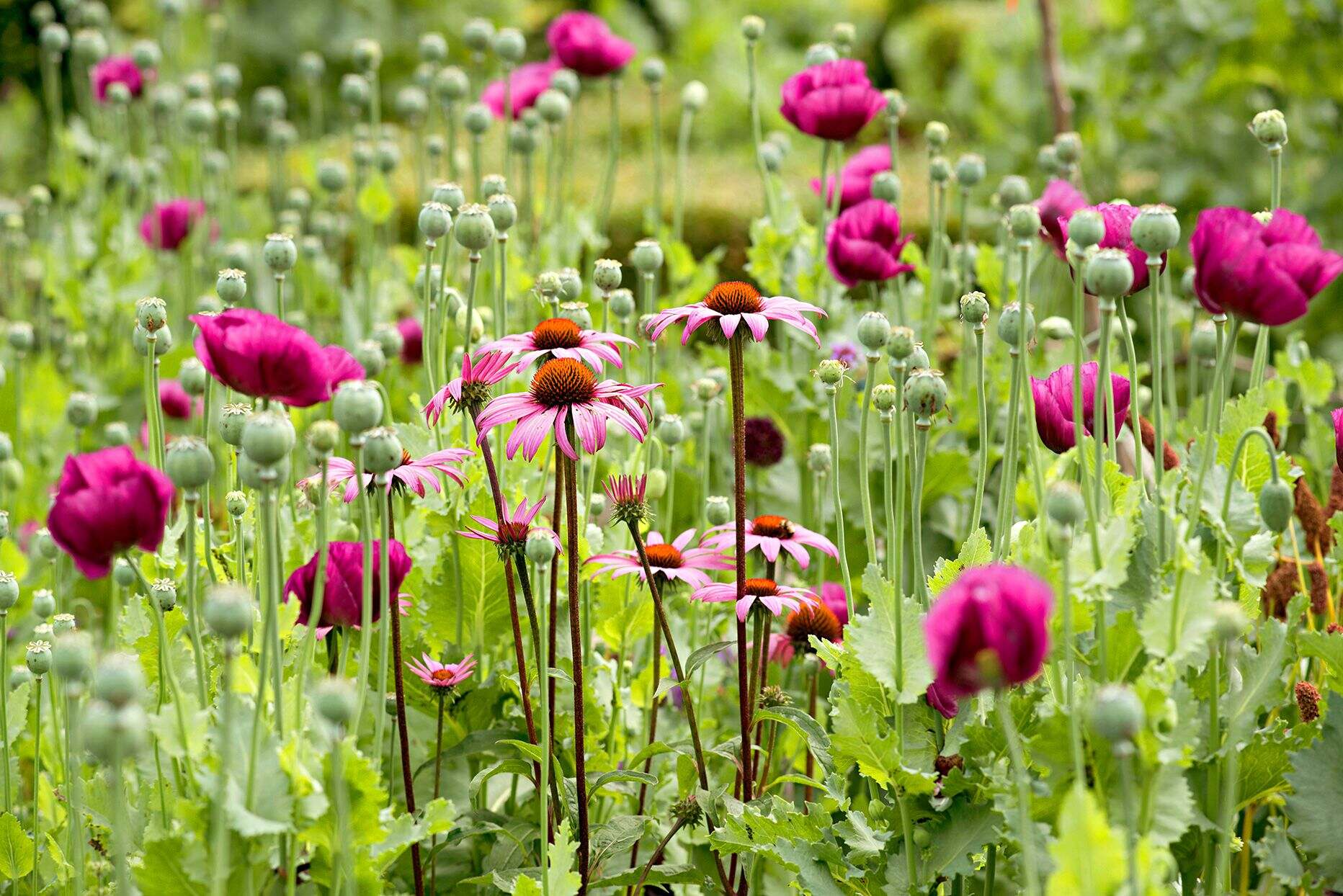
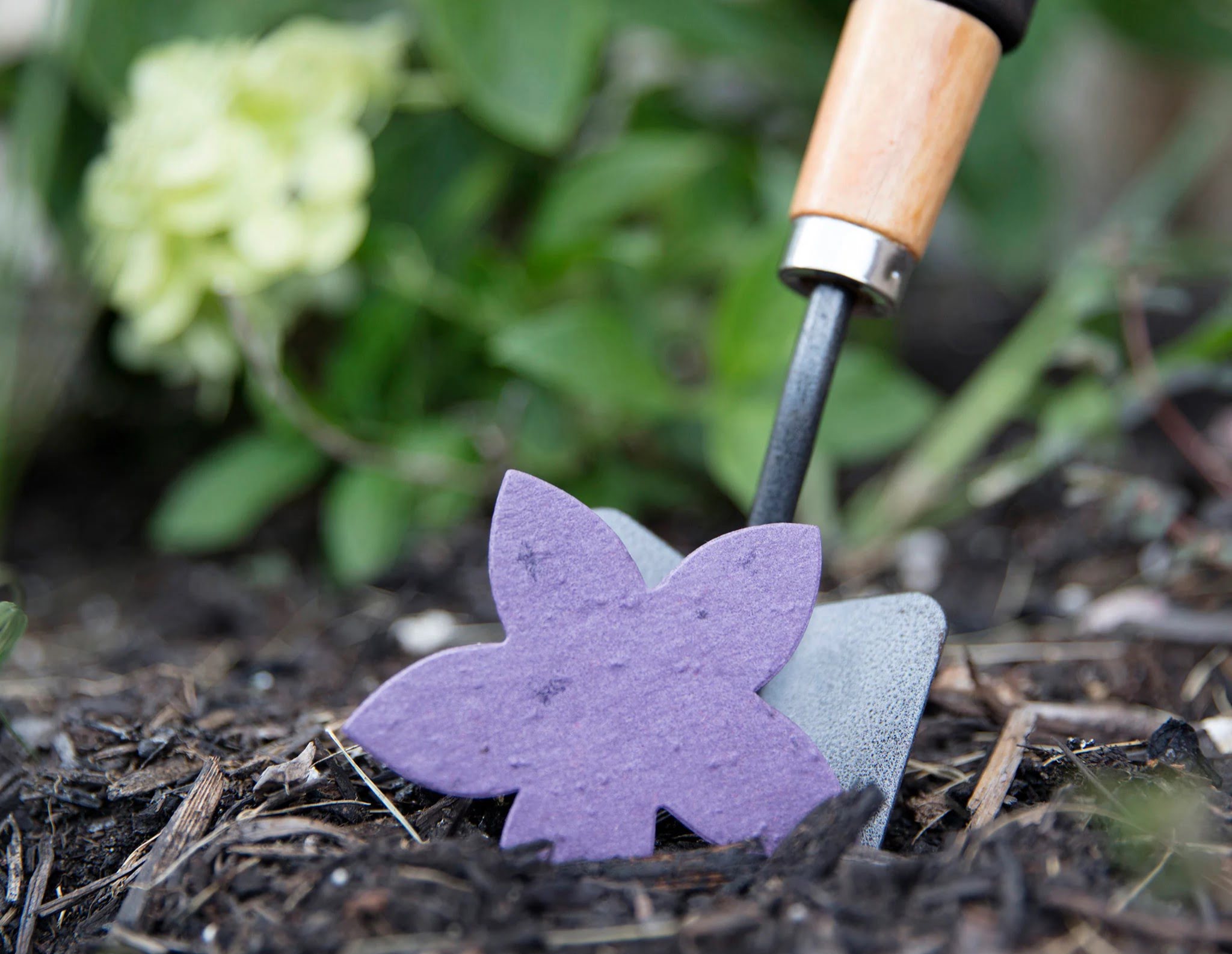
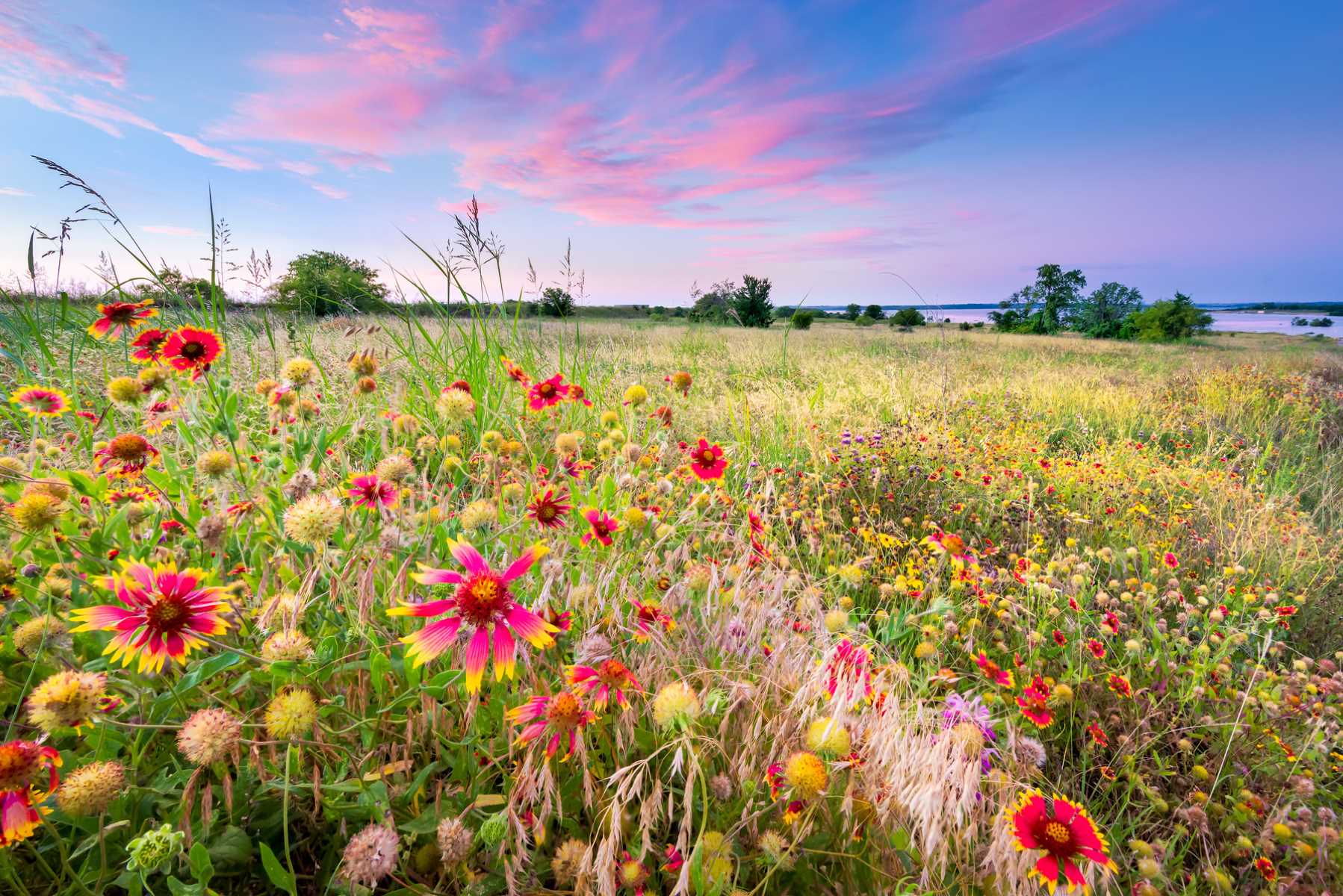
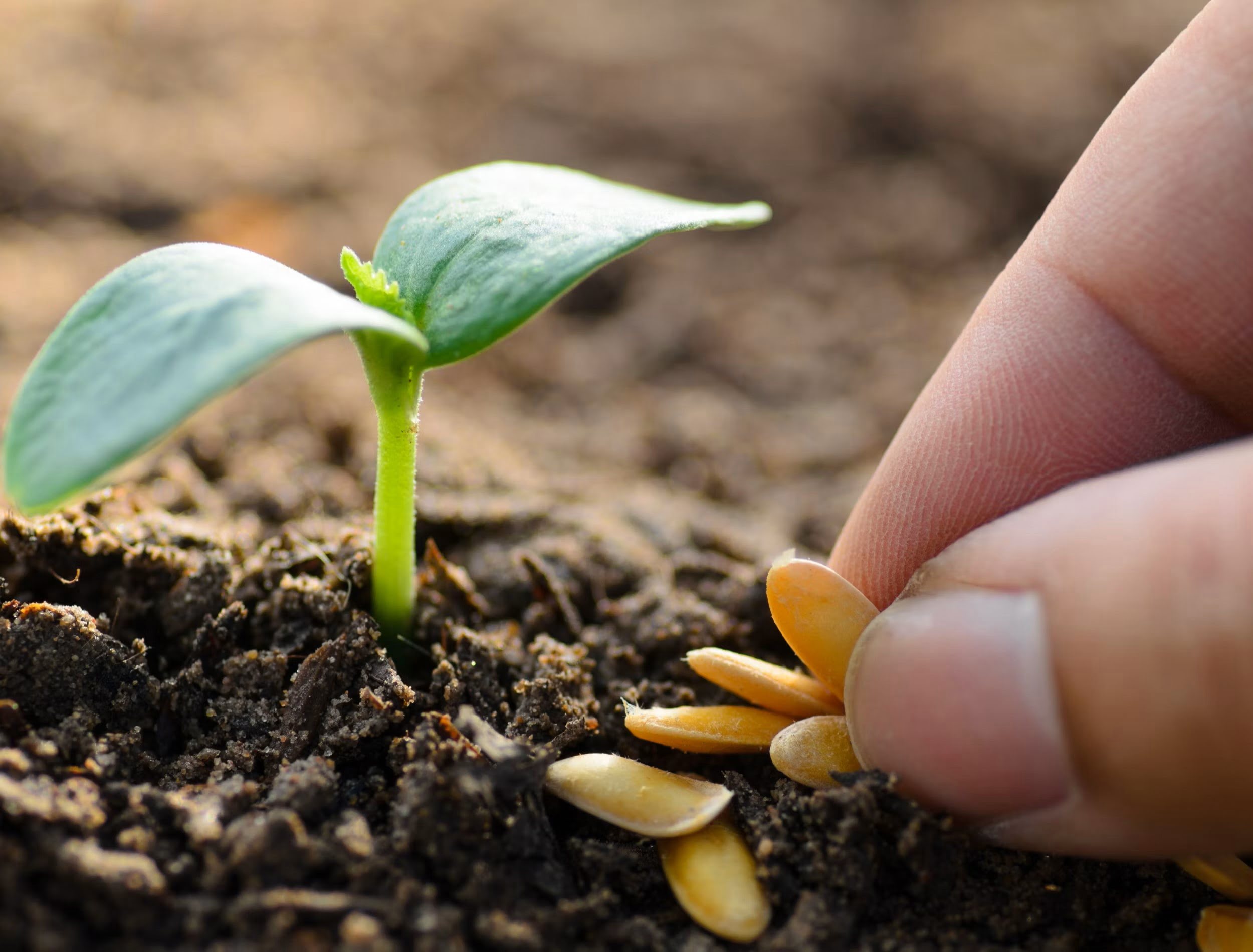
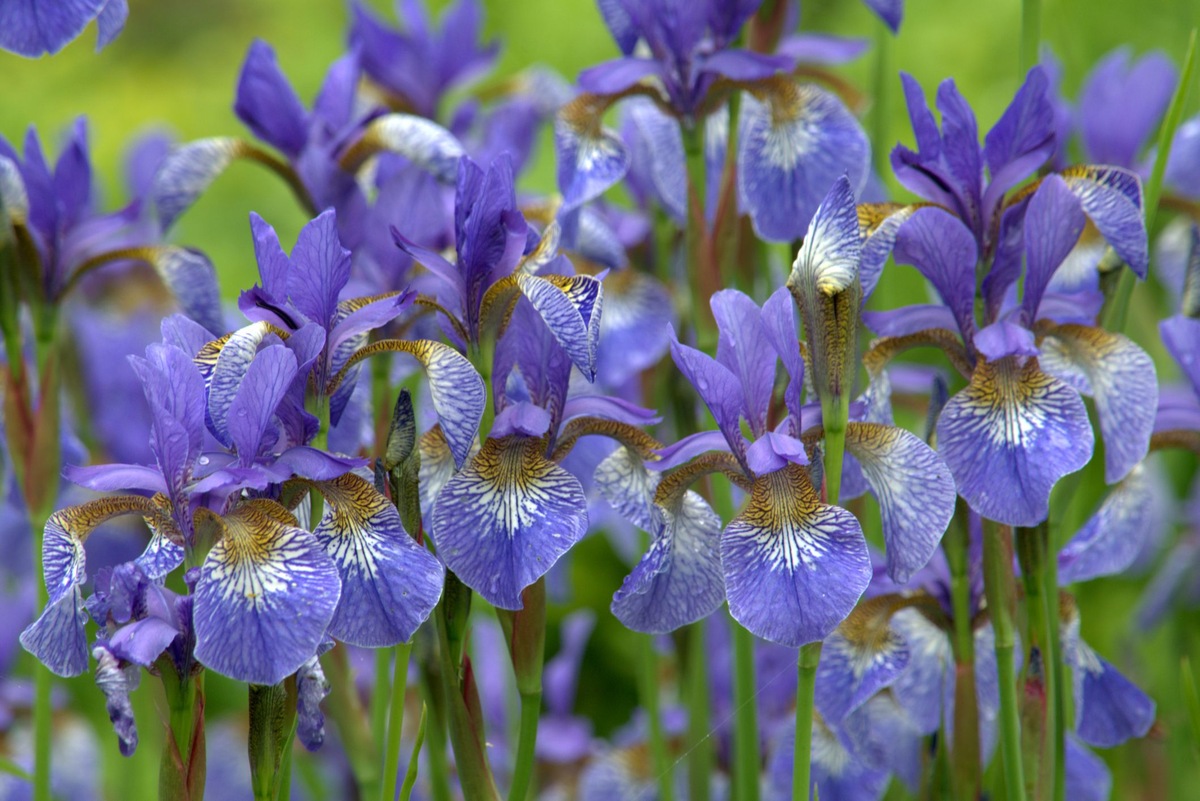
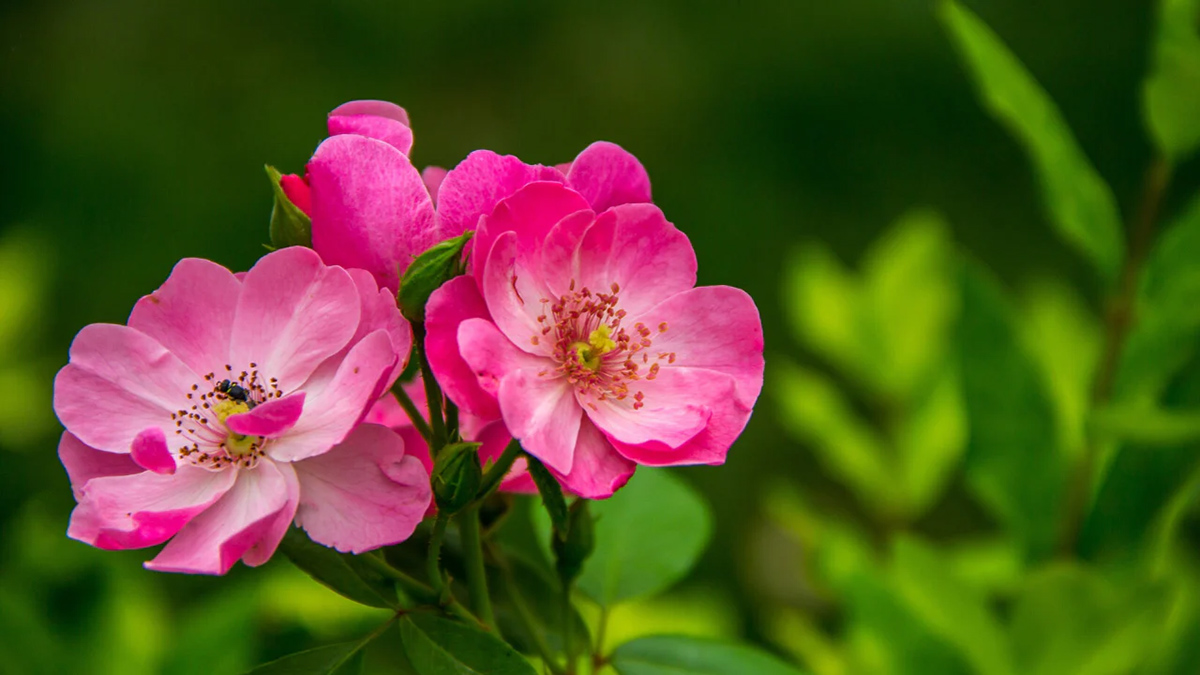
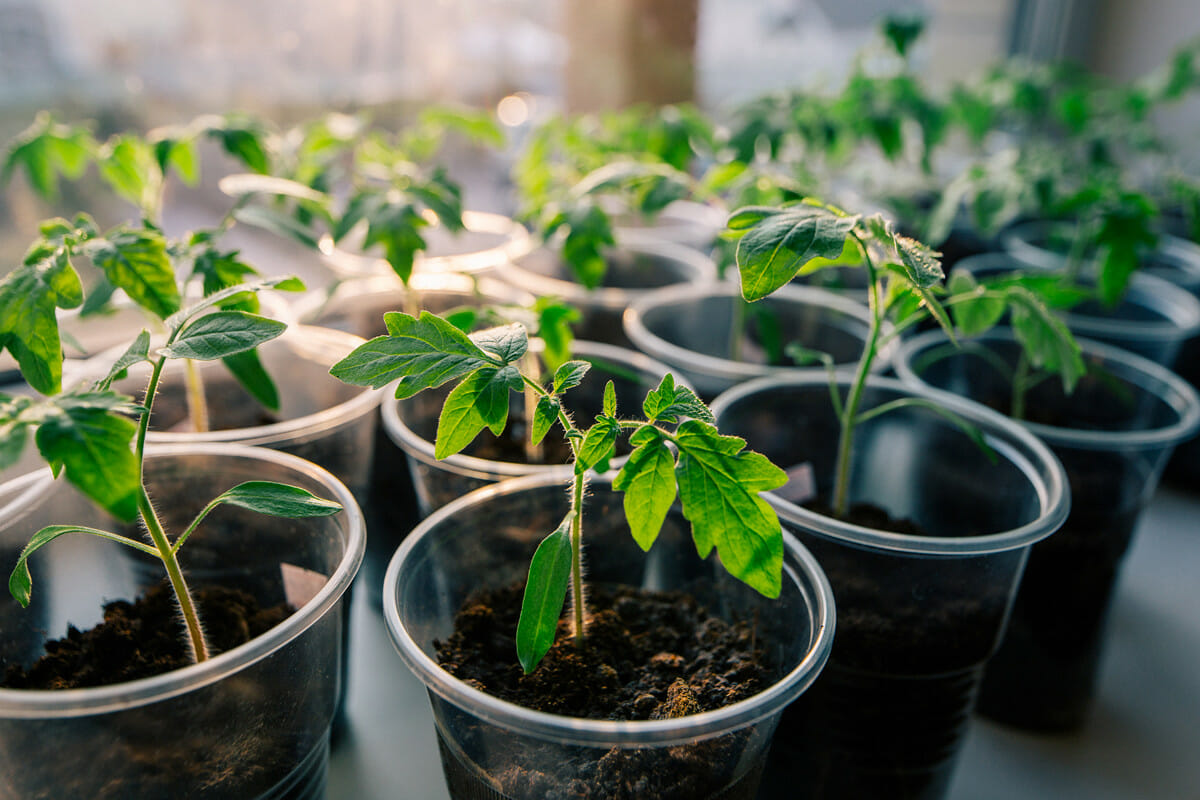
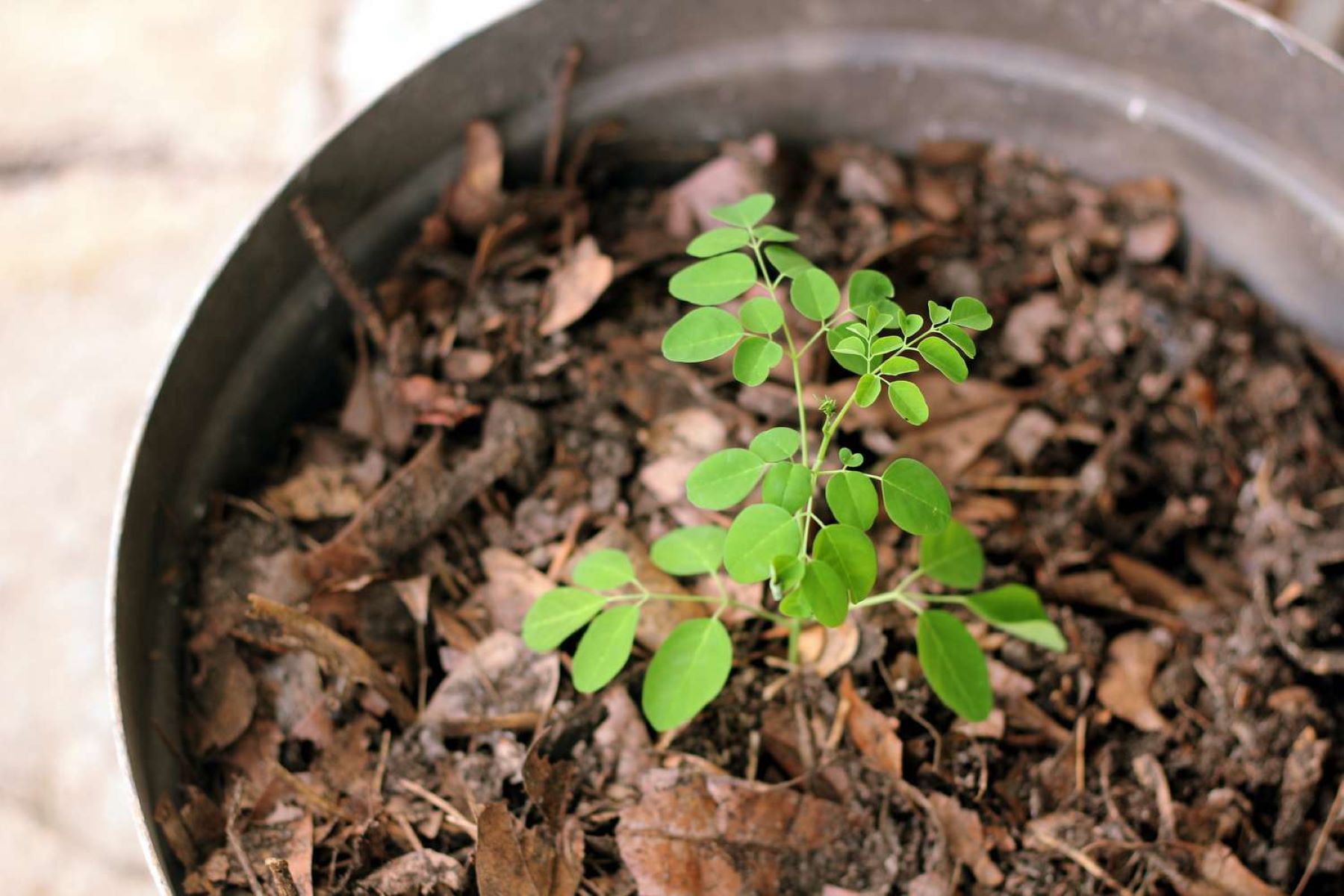

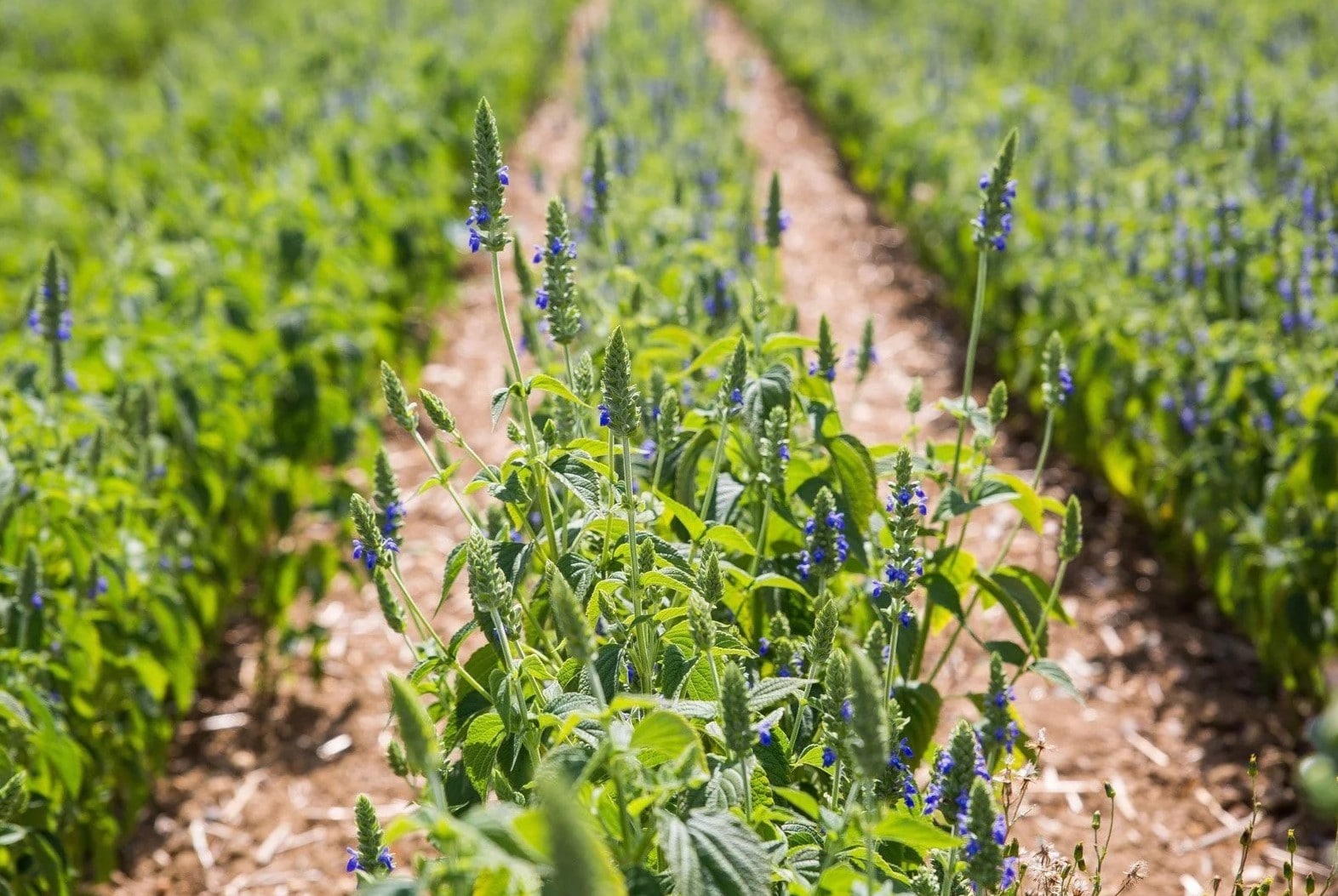
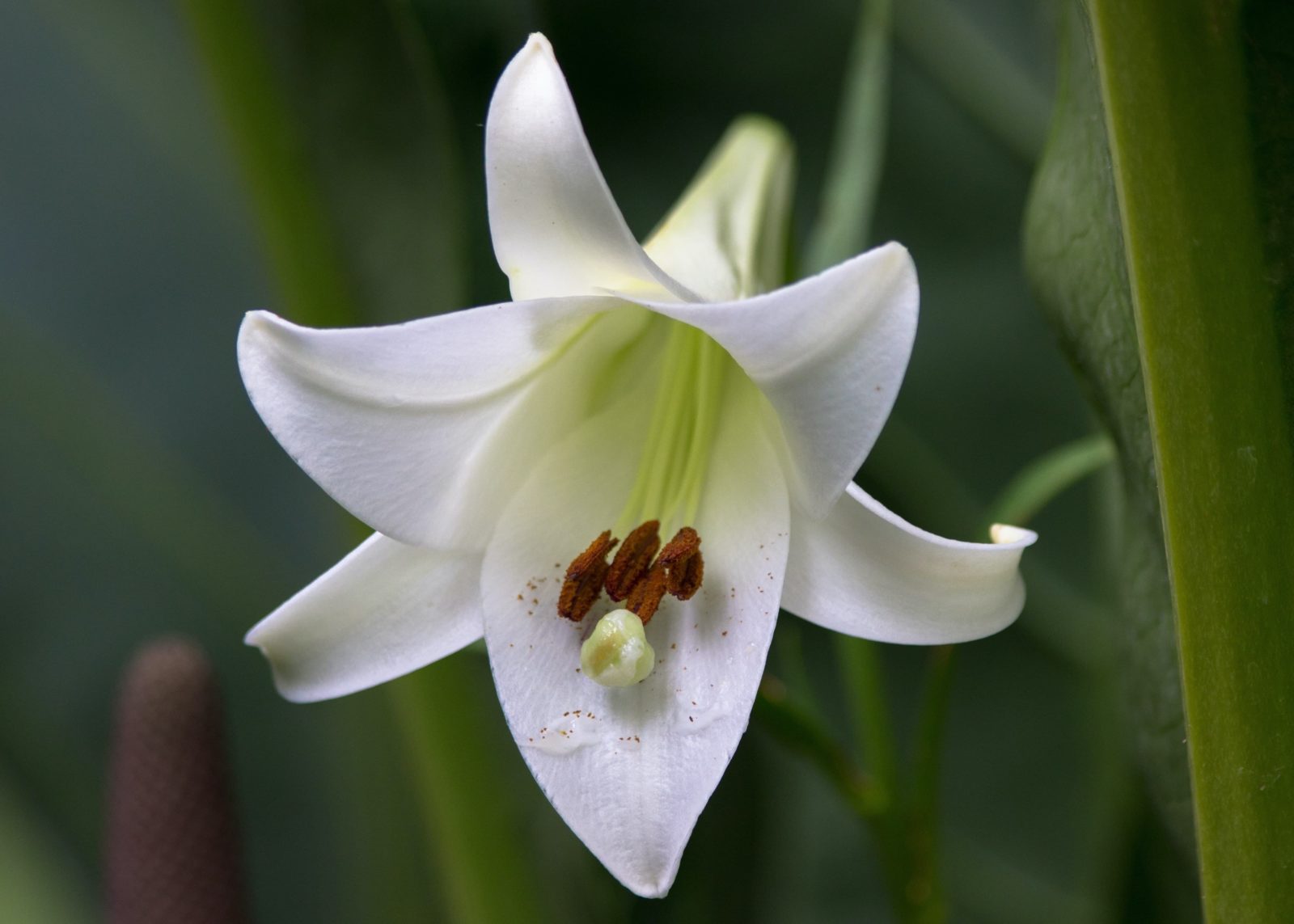

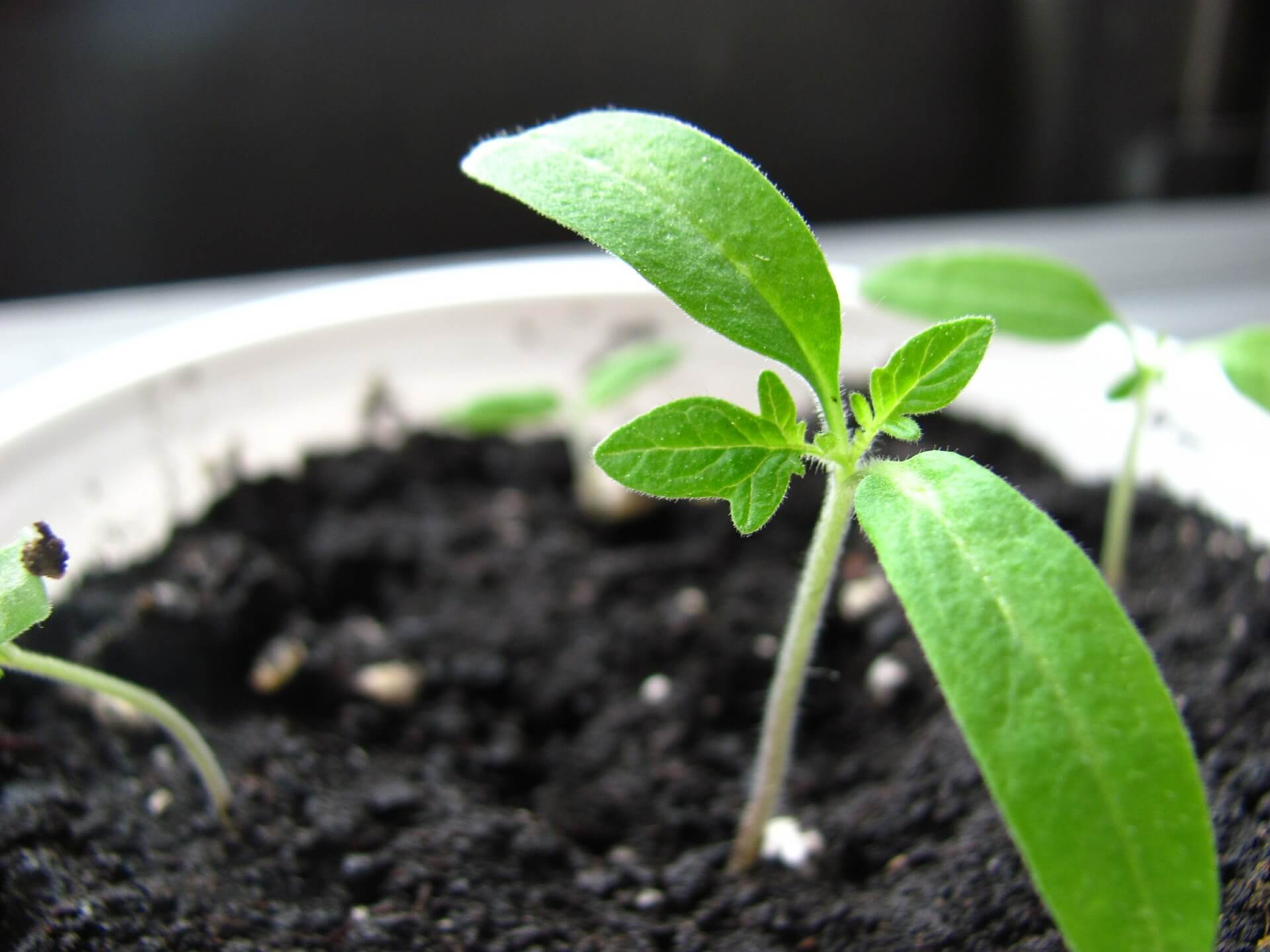
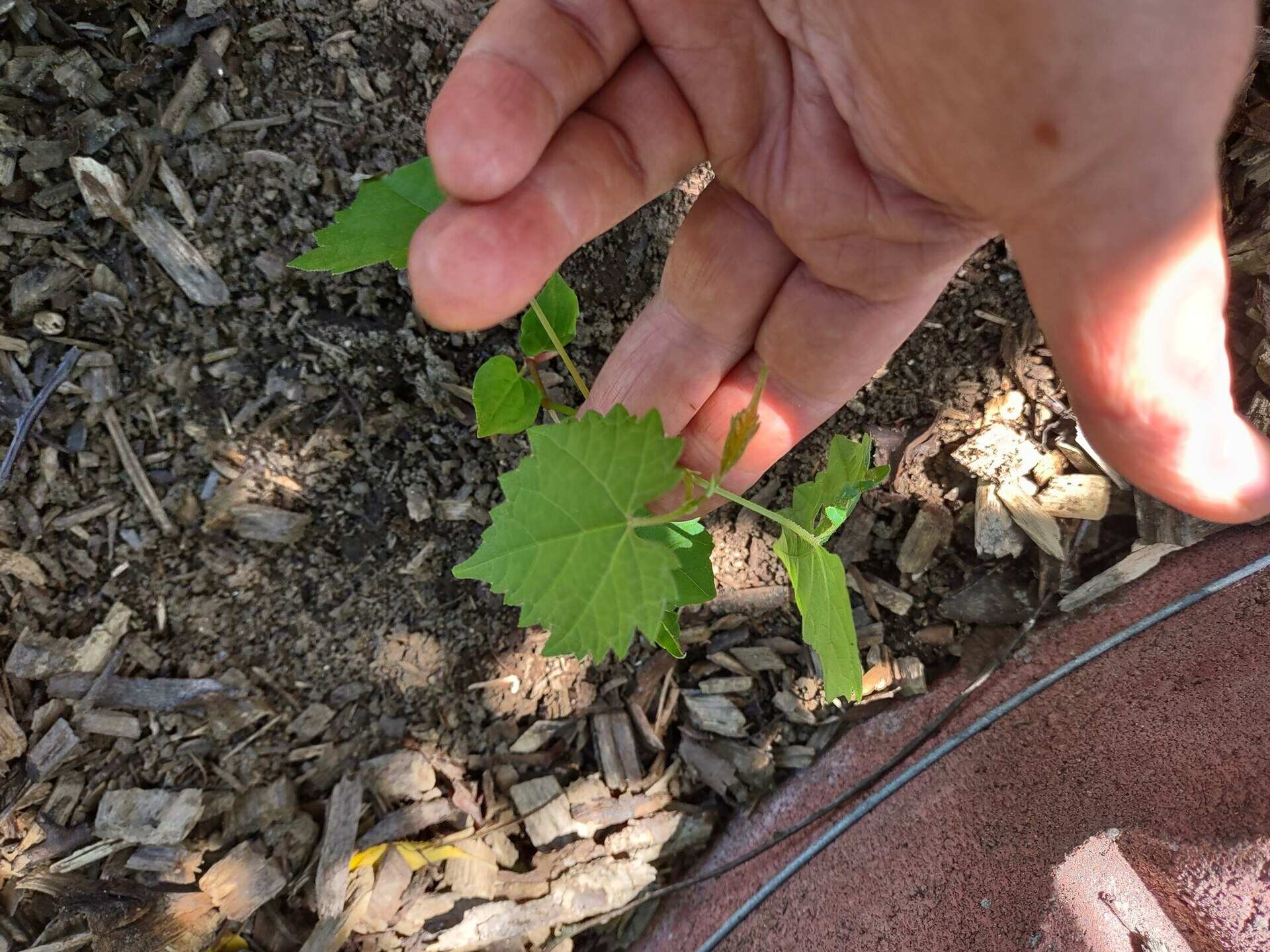

0 thoughts on “How To Grow Wildflower Seeds”